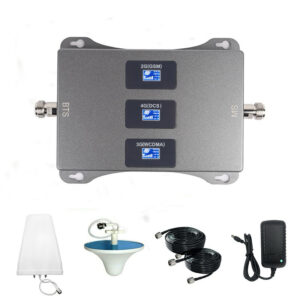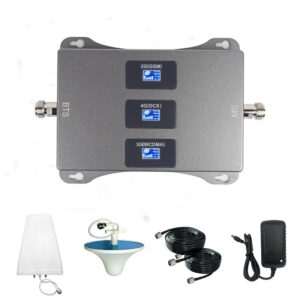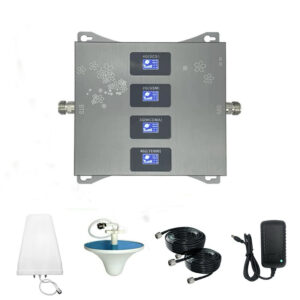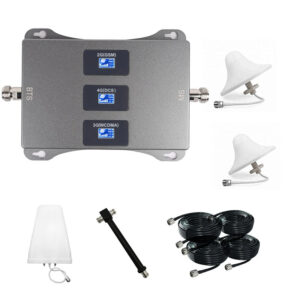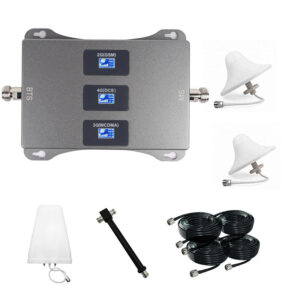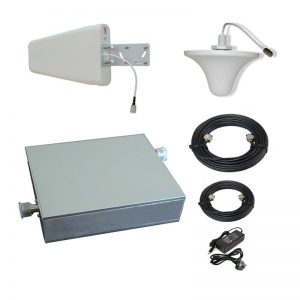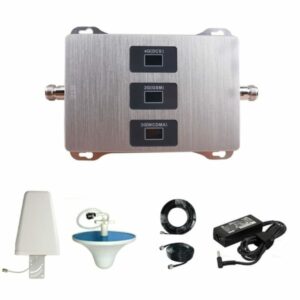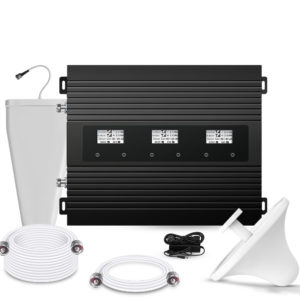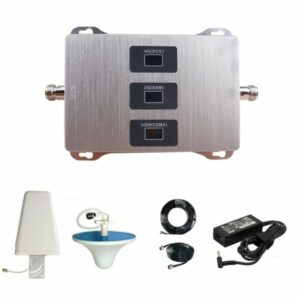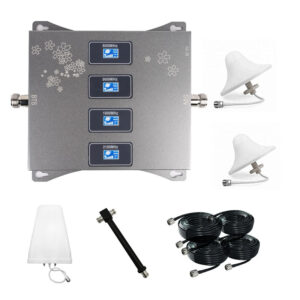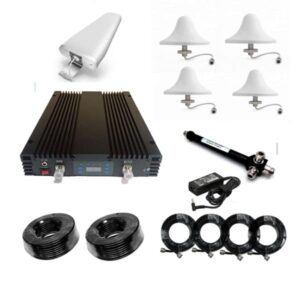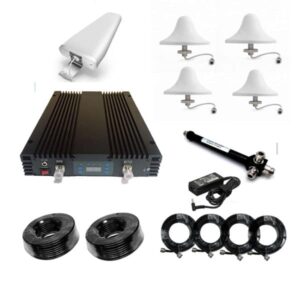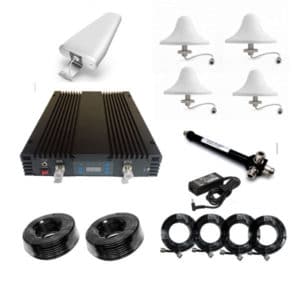In a world that increasingly relies on mobile connectivity, having strong and reliable mobile signals is essential. New Zealand, known for its breathtaking landscapes and diverse terrain, can sometimes pose challenges to achieving consistent network coverage, especially in remote or rural areas. This is where 3G/4G mobile signal boosters come to the rescue, ensuring that you stay connected no matter where you are in the country.
Carrier Frequencies in New Zealand
In New Zealand, there are three major mobile network carriers: Spark (formerly Telecom New Zealand), Vodafone New Zealand, and 2degrees. Each of these carriers operates on specific frequency bands for 3G and 4G networks:
- Spark: Uses the 3G 850MHz band and the 4G 700MHz and 1800MHz bands.
- Vodafone New Zealand: Operates on the 3G 900MHz and 4G 700MHz, 1800MHz, and 2600MHz bands.
- 2degrees: Utilizes the 3G 900MHz band and the 4G 700MHz and 1800MHz bands.
These carrier-specific frequency bands are crucial to know when selecting a signal booster, as they determine the compatibility of the booster with your mobile network.
How 3G/4G Mobile Signal Boosters Work
Mobile signal boosters, also known as repeaters or amplifiers, consist of three primary components: an outdoor antenna, an amplifier, and an indoor antenna. Here’s how they function:
- Outdoor Antenna: Placed outside the building or vehicle, it captures the existing weak signal and sends it to the amplifier.
- Amplifier: The amplifier boosts the incoming signal strength significantly, often by several dB (decibels).
-
Indoor Antenna: This antenna broadcasts the enhanced signal inside the building or vehicle, ensuring that your smartphone or other mobile devices receive a strong and reliable signal.
Choosing the Right Booster
When selecting a 3G/4G mobile signal booster for use in New Zealand, it’s essential to consider the carrier frequencies, the area you want to cover, and the type of building or vehicle. Ensure that the booster you choose is compatible with the carrier you use and supports the required frequency bands.
Additionally, it’s crucial to check with the local regulatory authorities (such as Radio Spectrum Management, or RSM, in New Zealand) to ensure that your booster complies with the country’s regulations.
Benefits of Using a Signal Booster
-
Improved Signal Strength: Signal boosters enhance mobile signal strength, reducing call drops and ensuring faster data speeds.
- Wider Coverage: Depending on the booster’s capabilities, you can extend coverage to remote or poorly covered areas.
- Enhanced Data Speeds: Enjoy faster download and upload speeds for seamless browsing, streaming, and communication.
- Reliable Calls: Minimize call disruptions and enjoy crystal-clear voice calls.
In conclusion, 3G/4G mobile signal boosters are indispensable tools for improving mobile connectivity in New Zealand, especially in areas with weak or fluctuating network coverage. By understanding carrier frequencies and selecting the right booster, you can enjoy seamless connectivity no matter where you are in this beautiful country.
